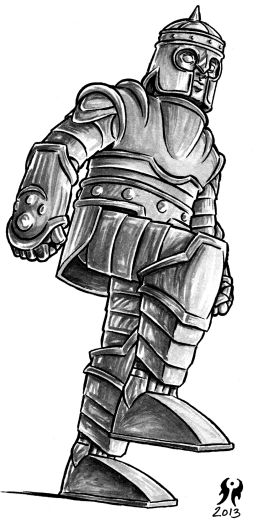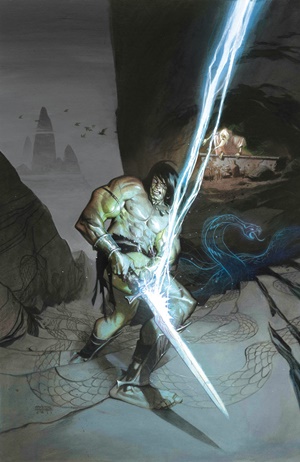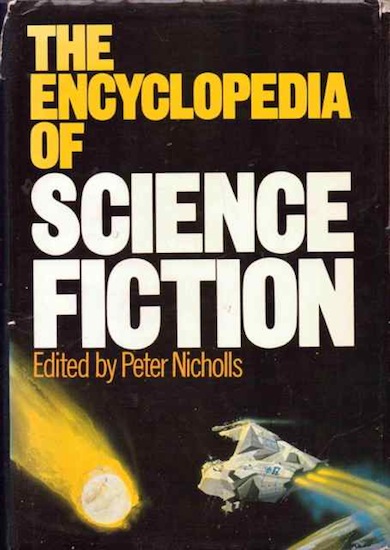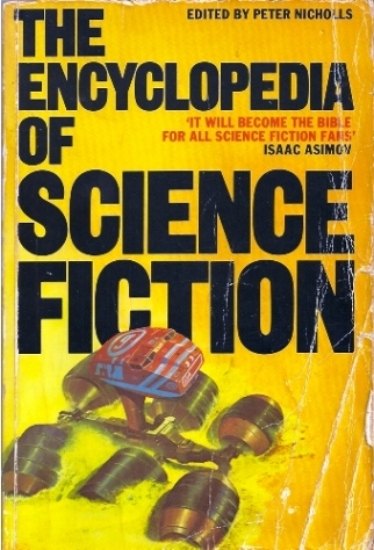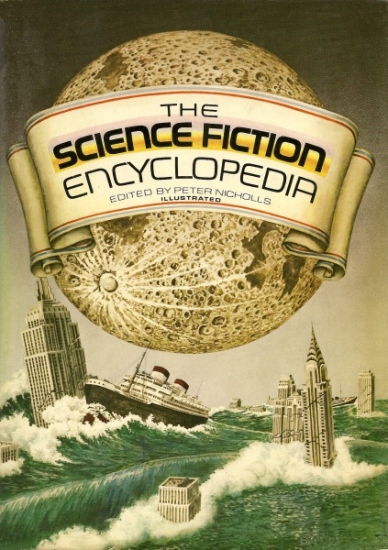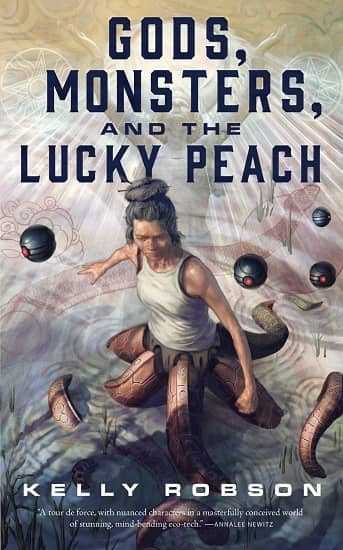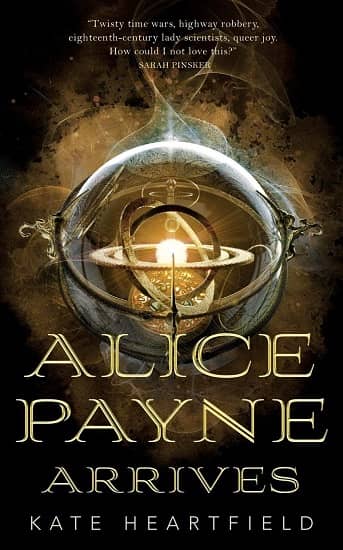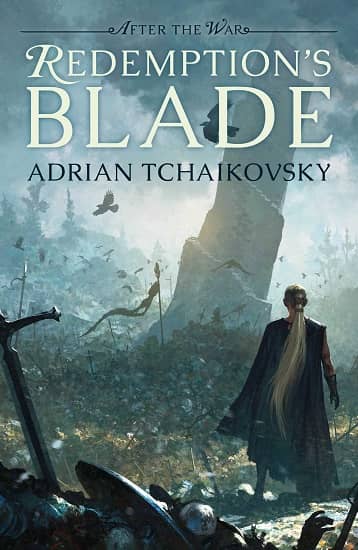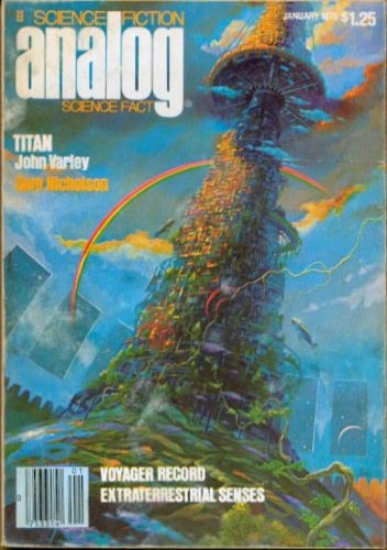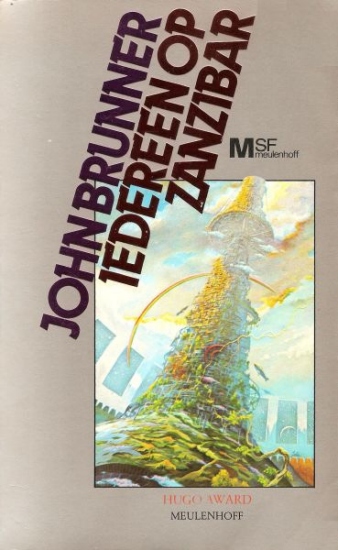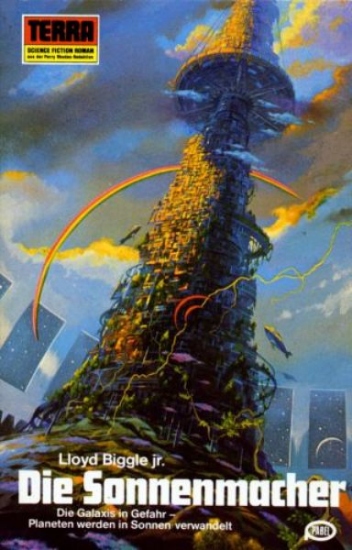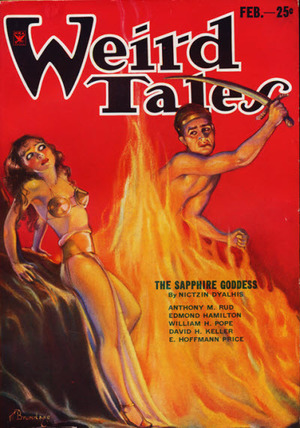The Golden Age of Science Fiction: Ballantine/Del Rey
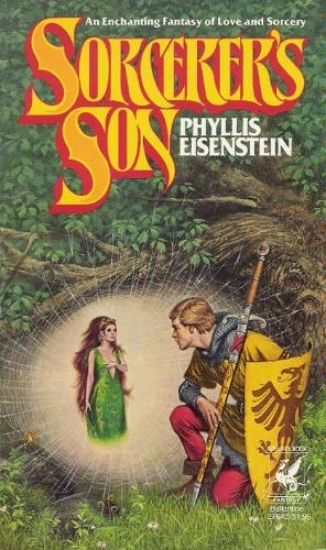 |
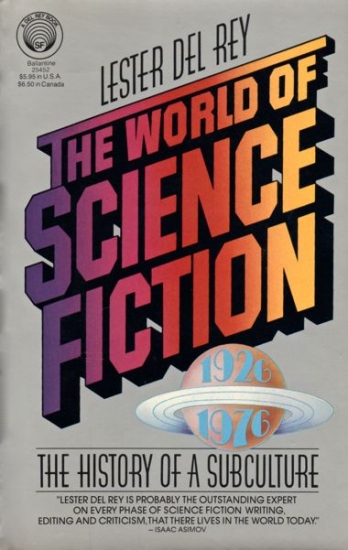 |
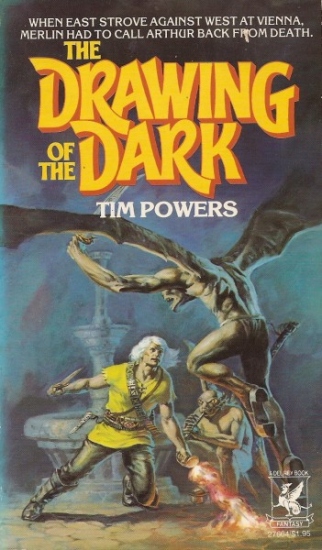 |
Peter Graham is often quoted as saying that the Golden Age of Science Fiction is 12. I was reminded of this quote last year while reading Jo Walton’s An Informal History of the Hugo Awards (Tor Books) when Rich Horton commented that based on Graham’s statement, for him, the Golden Age of Science Fiction was 1972. It got me thinking about what science fiction (and fantasy) looked like the year I turned twelve and so this year, I’ll be looking at the year 1979 through a lens of the works and people who won science fiction awards in 1980, ostensibly for works that were published in 1979. I’ve also invited Rich to join me on the journey and he’ll be posting articles looking at the 1973 award year.
The Locus Awards were established in 1972 and presented by Locus Magazine based on a poll of its readers. In more recent years, the poll has been opened up to on-line readers, although subscribers’ votes have been given extra weight. At various times the award has been presented at Westercon and, more recently, at a weekend sponsored by Locus at the Science Fiction Museum (now MoPop) in Seattle. The Best Book Publisher Award dates back to 1972, although in 1975 and 1976 the Publisher Award was split into paperback and hardcover categories. Ballantine Books won the award each year from its inception through 1977 (winning the paperback for the two experimental years with the Science Fiction Book Club winning the hardcover award). In 1978, when Del Rey was established as an imprint of Ballantine, Ballantine/Del Rey began winning the award. The award was not presented in 1979 for works published in 1978, but when it was reinstituted in 1980, Ballantine/Del Rey picked up its winning streak. In 1980, the Locus Poll received 854 responses.
Del Rey published eight hardcovers in 1979, including Anne McCaffrey’s Dragonquest, Katherine Kurtz’s Camber of Culdi, Roger Zelazny’s Roadmarks, Han Solo at Stars’ End and Han Solo’s Revenge, by Brian Daley, and Dark Is the Sun and The Lovers, by Philip José Farmer. The three trade paperbacks they published included a reprint of Raymond Healy & J. Francis McComas’s landmark anthology iAdventures in Time and Space, the collection The Fantasy Worlds of Peter S. Beagle, and Lester del Rey’s non-fiction work The World of Science Fiction: 1926-1976: The History of a Subculture. They also published more than 100 mass market paperbacks with several, such as McCaffrey’s Dragonflight and Stephen R. Donaldson’s The Power That Preserves having multiple reprints throughout the year.

